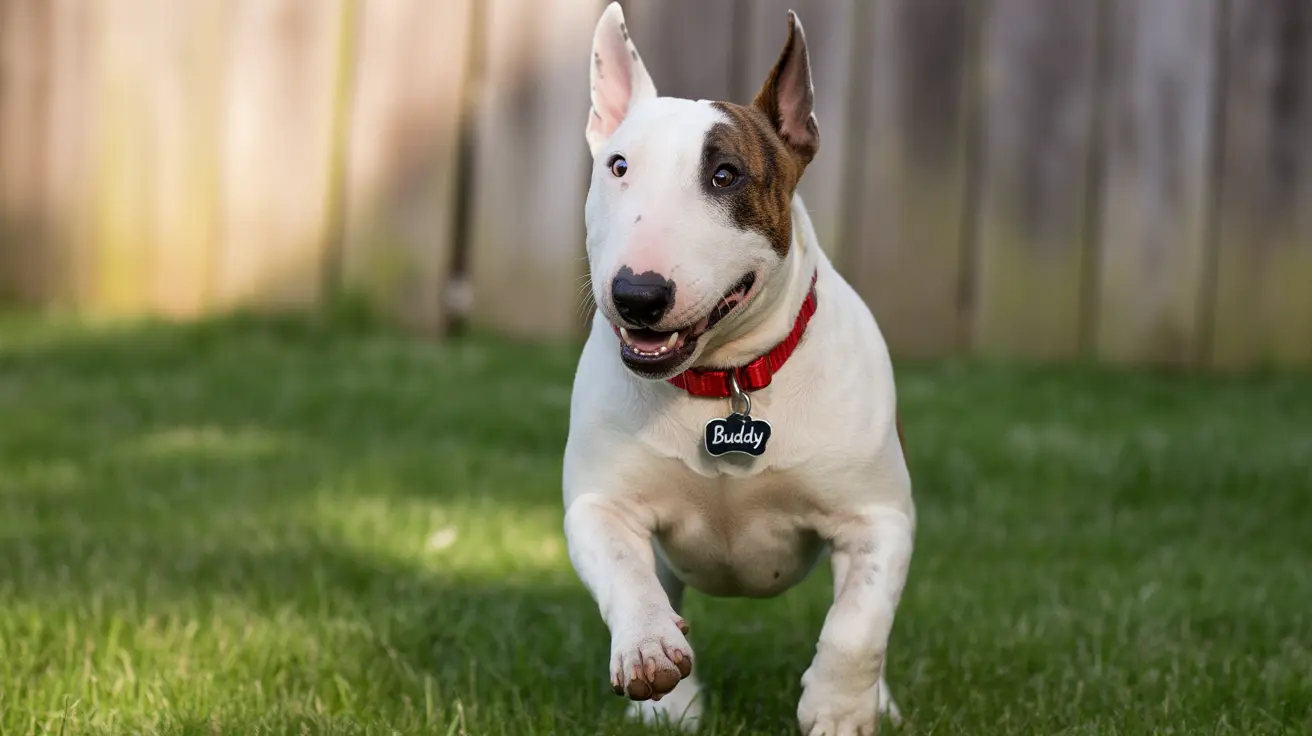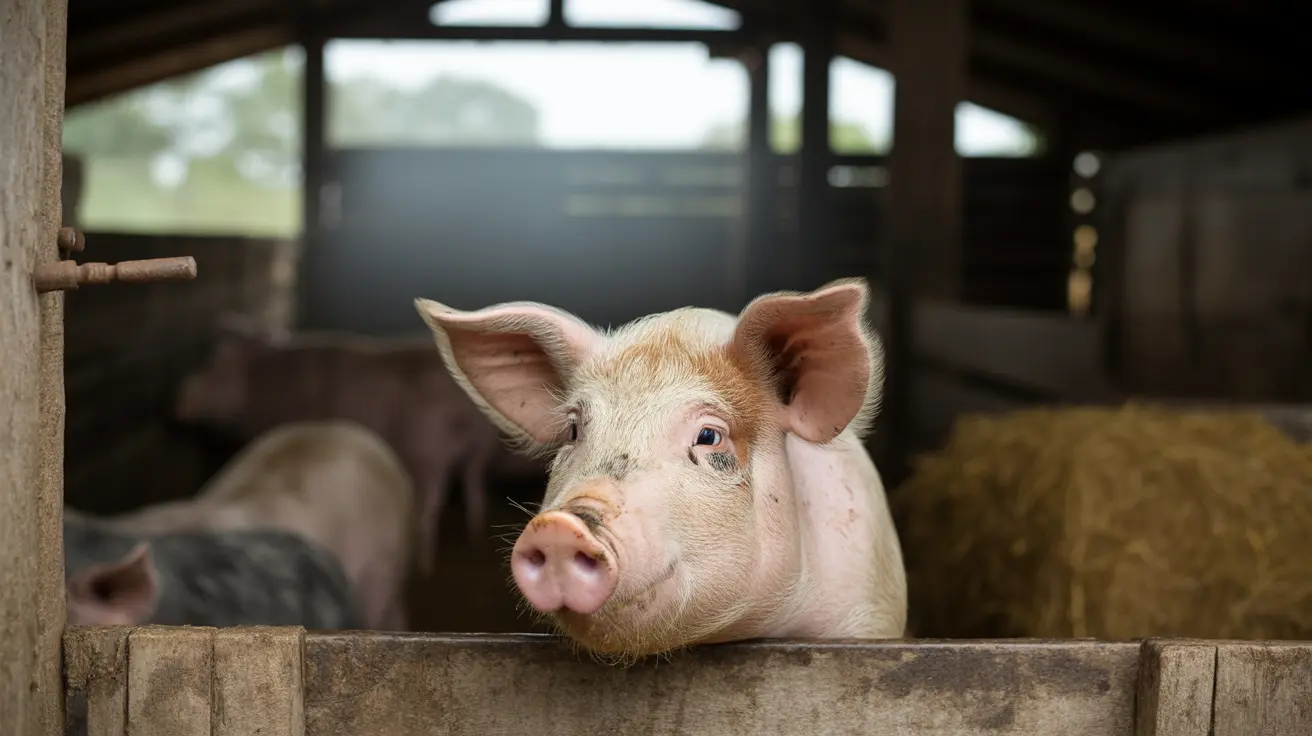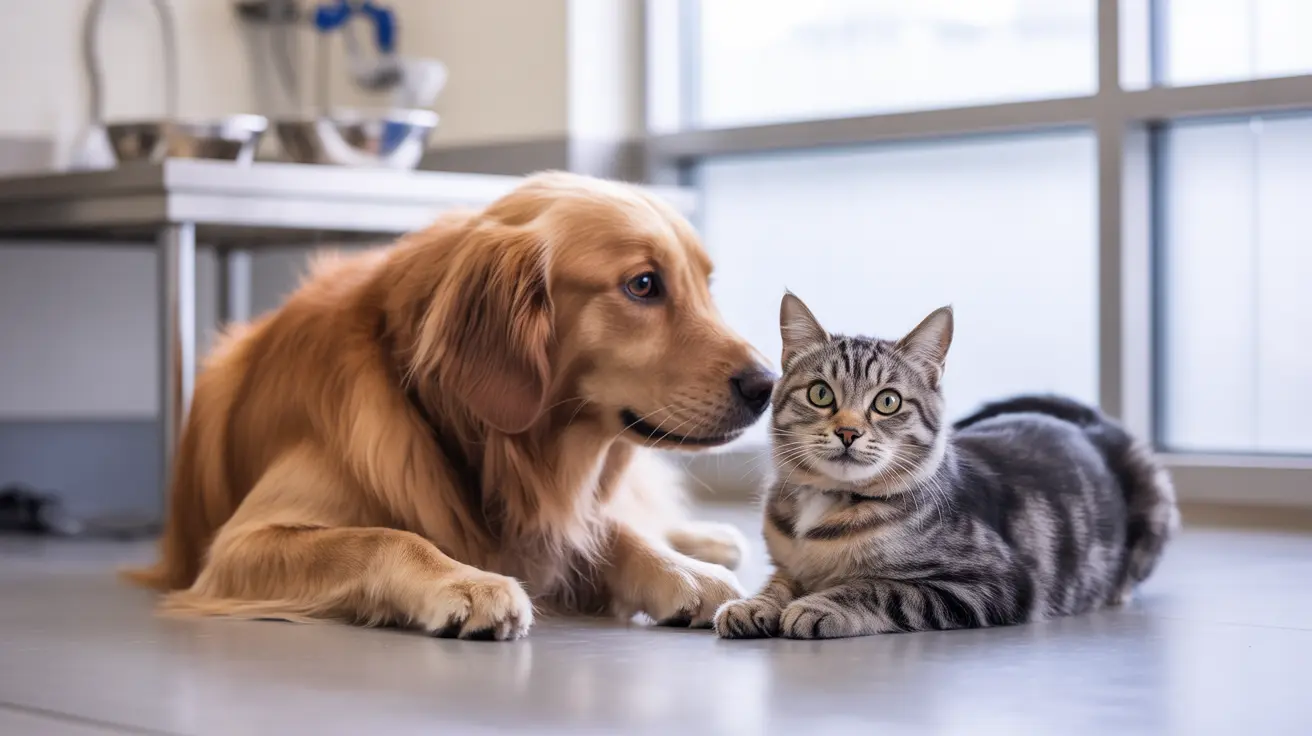If you've spent any time on social media, you've likely encountered the famous "Walter dog" meme featuring a Bull Terrier named Nelson. This iconic image has sparked widespread curiosity about the unique and charismatic Bull Terrier breed. Let's dive deep into what makes these dogs special, from their distinctive appearance to their lovable personalities.
The Bull Terrier's egg-shaped head and triangular eyes make them instantly recognizable, but there's much more to these dogs than their memorable looks. Whether you're considering adding one to your family or simply want to learn more about the breed behind the meme, this comprehensive guide will tell you everything you need to know.
The Distinctive Bull Terrier: Physical Characteristics
Bull Terriers stand out from other breeds thanks to their unique physical features. Their most notable characteristic is their egg-shaped head, which slopes smoothly from the top of the skull to the nose without any visible stop. They are the only dog breed in the world with triangular-shaped eyes, adding to their distinctive appearance.
These medium-sized dogs typically weigh between 50-70 pounds and feature a muscular, robust build. Their coat is short, dense, and comes in various colors, with white being the most recognizable thanks to the famous Walter meme. Other common colors include brindle, black, red, and fawn, sometimes with patches.
Personality and Temperament: More Than Just a Meme
Bull Terriers are known for their clownish and spirited personalities. Despite their sometimes intimidating appearance, they're actually loving, playful dogs with a strong devotion to their families. These dogs maintain their puppy-like enthusiasm well into adulthood, making them entertaining and engaging companions.
While they can be stubborn and independent, Bull Terriers are incredibly affectionate with their loved ones. They typically show good nature toward strangers and can be excellent with children when properly socialized. However, their strong personality means they need consistent training and clear boundaries from day one.
Health and Care Requirements
Bull Terriers generally enjoy good health, but they are prone to certain breed-specific conditions. White Bull Terriers, in particular, may experience deafness, and the breed can be susceptible to skin allergies and kidney issues. Regular veterinary check-ups are essential for monitoring these potential health concerns.
These energetic dogs require significant exercise and mental stimulation to stay happy and well-behaved. A minimum of 1-2 hours of daily activity, including walks, play sessions, and training, is recommended. Their short coat is relatively low-maintenance, requiring only weekly brushing and occasional baths.
Training and Socialization
Early socialization and consistent training are crucial for Bull Terriers. Their strong-willed nature means they need an equally confident owner who can provide firm but gentle guidance. Positive reinforcement techniques work best with this breed, as they respond well to praise and rewards.
Training should begin in puppyhood and continue throughout their lives. Focus on basic obedience, impulse control, and proper social skills. Mental stimulation through puzzle toys and training games can help prevent destructive behavior and keep them engaged.
Living with a Bull Terrier
Before bringing a Bull Terrier into your home, consider your lifestyle and living situation. These dogs thrive in active households where they receive plenty of attention and exercise. They're not ideal for apartment living unless you can provide extensive daily exercise and enrichment activities.
Bull Terriers form strong bonds with their families and don't do well when left alone for long periods. They need consistent interaction, training, and companionship to prevent the development of negative behaviors.
Frequently Asked Questions
What makes Bull Terriers unique in terms of their physical appearance and why are they often featured in memes?
Bull Terriers are unique for their egg-shaped heads and triangular eyes - features that no other dog breed possesses. These distinctive characteristics, combined with their expressive faces, make them particularly photogenic and perfect for memes, as demonstrated by Nelson (Walter) the Bull Terrier's viral fame.
How do I train a Bull Terrier given their stubborn and independent nature?
Start training early, use positive reinforcement methods, and maintain consistency. Short, engaging training sessions work best. Focus on establishing clear boundaries while keeping sessions fun and rewarding. Professional training support may be helpful, especially for first-time owners.
Are Bull Terriers good with children, and what precautions should be taken?
Bull Terriers can be excellent with children when properly socialized. However, early training, supervision, and teaching children appropriate interaction are essential. Their energetic nature means they might accidentally knock over small children during play, so monitoring is important.
What are the most common health issues associated with Bull Terriers, and how can they be prevented?
Common health issues include deafness (especially in white Bull Terriers), skin allergies, and kidney problems. Regular veterinary check-ups, genetic testing when possible, and maintaining a healthy lifestyle can help prevent or manage these conditions.
How much exercise and mental stimulation do Bull Terriers need to stay happy and healthy?
Bull Terriers need 1-2 hours of daily exercise, including walks, play sessions, and training activities. Mental stimulation through puzzle toys, training games, and interactive play is equally important to prevent boredom and destructive behavior.
Remember, while Bull Terriers can make wonderful companions, they require dedicated owners who can provide proper training, exercise, and attention. Understanding their unique needs and characteristics is essential for ensuring a happy, well-adjusted pet.






